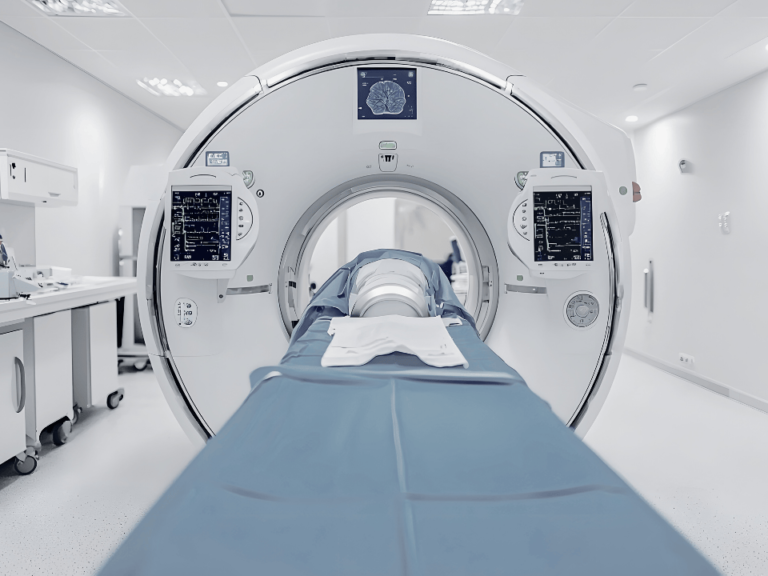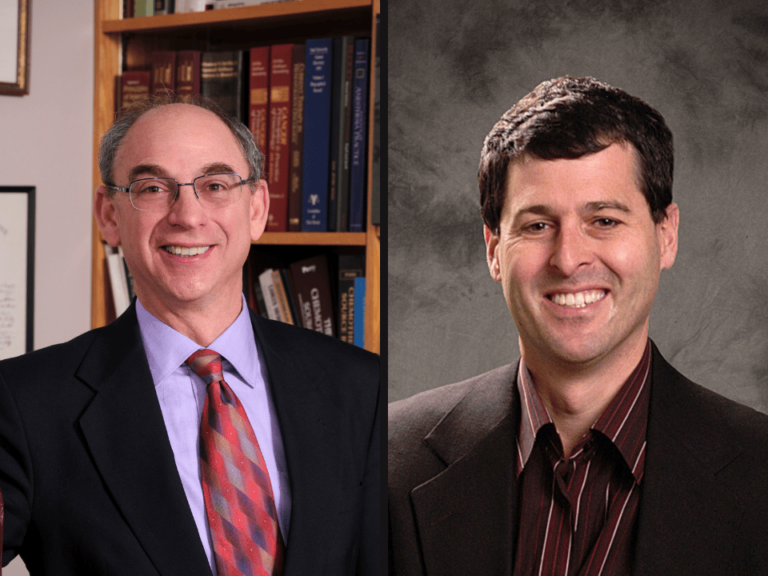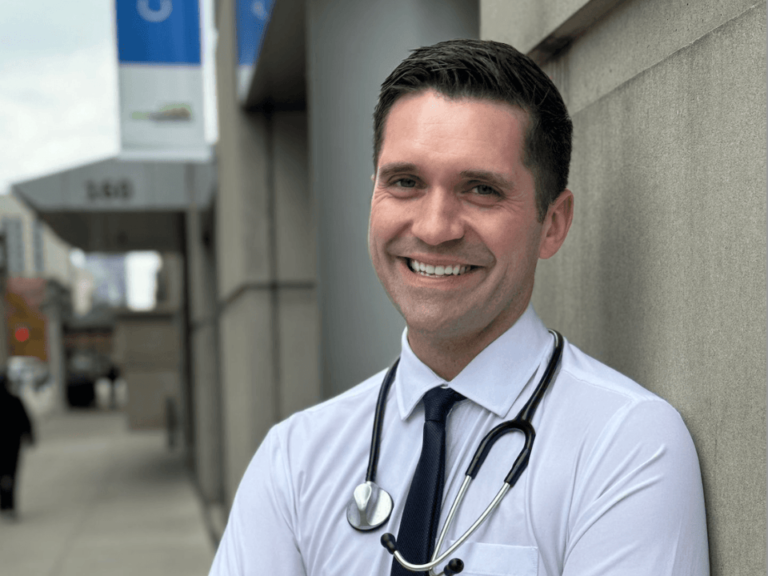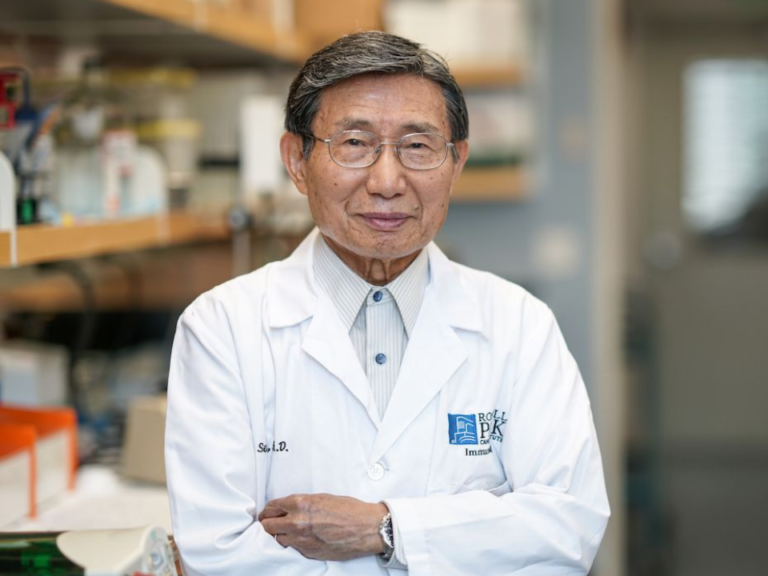The Cancer Letter invited Richard Wender, chief cancer control officer of the American Cancer Society, to describe the rationale for the society’s new guideline for breast cancer screening.
Wender spoke with Paul Goldberg, editor and publisher of The Cancer Letter.
Paul Goldberg: How’s it going?
Richard Wender: It’s been a very intense couple of months now leading up to the release of the guideline and certainly post-release, responding to how it’s been reported in papers and the response of many people around the country. We’re working very hard to make sure the full message of the guideline has been communicated.
What’s not been understood?
RW: I think there are five major messages in the guideline.
Three of them have been addressed completely again with different perspectives in different media, but they’ve been addressed. One of them is that there’s something important about the age of 45. At age 45, the guideline committee felt that breast cancer risk is high enough to argue that all women should begin routine screening if they haven’t started before 45. Clearly, that statement has been captured and communicated.
The second message that many of the media outlets have communicated is that after menopause—and we use age 55 as the marker where almost all women have reached menopause—that they have the option to be screened every other year, and maintain almost all the benefit of screening.
The third message, which at times has been discussed, is that clinical breast exam is not the road to lower mortality—mammography is the road to lower mortality rates. Those three have been captured.
The most important one that has not been consistently addressed or mentioned is our recommendations for women at age 40. That’s an important part of the guideline. We’re going to work pretty hard going forward to make sure that people understand that part of the guideline.
And what the guideline says is that, at or around age 40, a woman should discuss with her physician— and the reverse is also true, physicians will have an obligation to bring this up to their patients. The onus will not just be on the woman, it will also be on the clinician to begin the discussion of mammography at age 40.
We recommend that a woman who understands that her risk for breast cancer is low in the early part of her 40s, but who places high value on doing everything she can to reduce mortality—even though her risk is low, and her risk of a false-positive is higher in her early 40s—may opt to start screening before age 45; whether it’s 40, 41, or 42.
This guideline builds in more flexibility and personalization for women than our guideline in the past, certainly, and more personalization than I think in any other breast cancer screening guideline.
So that recommendation for the 40s is important. We understand that many women, some of whom may have risk factors, but some of whom may not, still place enormous value on avoiding—in fact I would say for many women, their highest priority is to do everything they can to reduce the risk of dying of breast cancer.
We want women to understand that their risk is actually quite low in the early part of that decade, and to understand that the likelihood that she will benefit from mammography is also quite low.
We also clearly state that there is benefit starting younger, and that a woman should be supported in starting annual screening before age 45. That’s an important part of the message. It’s interesting, because shared decision-making has been incorporated into several screening guidelines. Our lung cancer screening guideline recommends shared decisions; our prostate cancer guideline recommends shared decisions. But the message in breast cancer screening has been more difficult to communicate that there may be a period where a woman’s personal preference is important, and should be considered.
Has there been any negative reaction as far as withdrawal of support for example?
RW: We’ve had a lot of negative reactions. But here’s a good way to look at it. Almost all the reaction that we’ve received—well, I think it’s fair to say the vast majority of the reaction has been negative, often coming from women who had breast cancer at a young age. And also from the radiology community, and some reaction from other professionals who treat breast cancer primarily.
And we’re working really hard to communicate all over the country directly with individuals, and directly with any organization that has reached out to us—most of them have been individuals—to answer their questions, to make sure that we listen and hear them clearly, to make sure they understand the process.
We fully understand that financial support is a personal discretionary decision. We’re hoping that people keep their support with the American Cancer Society and work hard with us to recognize that guideline has the potential to build a unifying platform. It accommodates positive messages about mammography, but also informs clinicians and women about the times in their life when mammography is most likely to be beneficial.
You could, in principle, be cutting the revenues of the people performing the screening by as much as 50 percent or even more. You would think they would be upset for that reason as well.
RW: No one has called us to say they disagree on the cause of revenue. The concerns we’ve had, I think, have been sincere. They feel very strongly about the importance about doing everything we can to reduce the death rates from breast cancer. And many of these people find patients with breast cancer every day and that does impact your perspective when that’s what you do every day. We really value that.
We sent out the draft of this guideline to about 25 professional organizations, including all the organizations that are involved with treating patients with breast cancer. And we have received very helpful and useful comments back, which were incorporated into the guideline—chiefly, ways to communicate more clearly about it and to deliver the message.
I should mention that we’ve also received, far more quietly, and not so much through social media, but through personal emails, very supportive messaging— and I know that some radiologists, some academic centers, some people who are experts in screening, and individuals, are getting to understand the full scope of the guideline, and recognize that this does offer more flexibility in allowing a women to follow a preferred pathway, while at the same time confirming the potential to reduce death rates in all age groups.
One of the important messages of the guideline, which hasn’t been focused on right now, but I think over time will become very important, is that this evidence review conducted by the Duke group and the guideline provide—I’m tempted to say a confirmation that cannot be challenged because it is so thorough and not terribly different from other recent evidence reviews that mammography is effective.
It does reduce mortality by at least 20 percent in all age groups tested. And in the newer observational trials, the benefit is even higher than that. As you know, there have been articles that have at least suggested that mammography has no meaningful benefit. So, I do think this guideline will provide a very solid basis for everyone, including those who have been very skeptical about mammography and those who have been very excited about mammography to unite around a common appreciation of its value.
Did you about to follow all of the procedures that were pre-specified in the 2011 JAMA paper? For example, was it possible to look at the transparency of it, how the guideline was prepared, who said what when? That was a unique aspect [of the ACS process].
RW: I was very impressed at how closely we followed exactly what was published in 2011. We refer to it regularly to make sure we were sticking to those steps, as close as was practically possible: the composition of the guideline committee, the commissioning of an independent evidence review that we chose through a competitive process, the choice of a specific validated model for rating evidence.
We stuck very closely to the grade system for evidence rating. We did not submit it for full public comment, but the 2011 paper did not say that we would do that. We said that we would solicit reactions for comment, but not—we chose to do that through organizations and experts, as opposed to full public comment, the way the [U.S. Preventive Services Task Force] does. But we’ve stuck to that.
I believe, in fact, I know, that the guideline proved—and that certainly I, as a sponsor of this guideline from the ACS standpoint—feel confident that we did an excellent job in sticking to this process.
Was the website functioning [to enable the public to follow the process of guideline-making]?
RW: We did not post this on a public reaction website.
Is there a reason that it couldn’t be done?
RW: Frankly, there were some technical reasons; we’re not set up to take the thousands of public comments as easily. That would require overcoming some technical barrier. The other reason is that we did get advice from members of the task force.
Almost all of the comments that potentially alter the guideline came through organizational response. I do think we’re going to look at this again for our next guideline, whether having a method for full public comment might be possible and preferable.
There’s this oversight committee. How were they involved?
RW: They were involved in helping us design this process, but not in the writing of this guideline. In fact now that we’re done, we are reconvening that oversight committee.
What would be the reason for that?
RW: We want to review with them all of the steps, get their reaction to them, see if they would advise that we change any of them. This would have been done routinely no matter what.
We’ve been very intensely involved with writing the guideline and communicating about the guideline. Now that we’re moving past that, now’s the time to reconvene and review what we’ve done.
This is not the first guideline with the new approach, is it?
RW: It actually is. The last one that we did was right after we had published the 2011 paper, and that was the lung cancer screening guideline; for that we used the hybrid model. I actually was the first author of that guideline and that was back in my volunteer days. And now that I compare the processes, I think that the fair statement is what I said: this is the first guideline that used the full IOM process.
Thank you so much for your guidance on this. Is there anything that we overlooked?
RW: No, but again, the one message, I think, that for people trying to create a deeper and richer understanding of the guideline, there are important elements that accommodate multiple perspectives, but also empower women to make an individual choice, particularly in the times when the cancer is more rare. Because when cancers are more rare, the benefit of screening is lower.
That’s why we think it’s important to involve individual choice and values. But we hope to emphasize the fourth aspect of the guideline—that this is a discussion that should start at 40.












